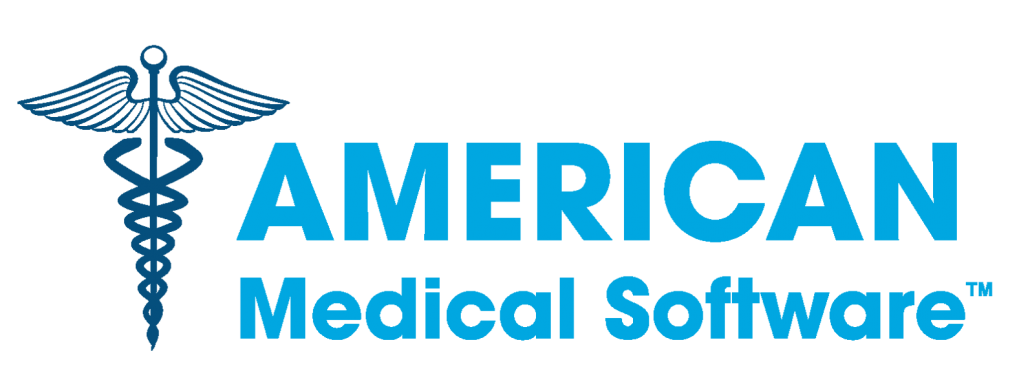Overcoming the Ongoing Mapping Challenge with HL7
With the recent ballot of a new Health Level Seven (HL7) draft standard, new opportunities may be on the horizon that will help move the industry closer toward the end-goal of optimum quality and patient safety. The standard comes as part of the Health eDecisions Project (HeD), which aims to develop standards that will promote ease of deployment, delivery and update of CDS interventions.
The new HeD HL7 standard is a great step forward toward addressing one of the primary challenges to deploying CDS technology at the point of care — integration. But while this standard will move CDS initiatives forward, it is important to point out that the new standard does not address the ongoing issue of mapping that exists for many order set content vendors. The ability to map content efficiently and effectively ultimately equates to more accurate and efficient integration of these tools within CPOE systems.
Currently, there are two approaches to content — structured and unstructured. While both have the potential to standardize care and improve decision-making, structured content provides a foundation for ensuring improved accuracy, efficiency and flexibility within order set technology.
Structured content is tagged or coded data that resides in a fixed field where it can be easily located and identified. In contrast, unstructured content, or free text, often results in irregularities and ambiguities that make it harder to interpret.
When content can be indexed at a granular level through content that is structured, it eases the process of mapping order sets within EMR and CPOE systems. It enables easy updating of order sets in response to new evidence and best practice guidelines, and allows for robust reporting due to extensive filtering capabilities.
While the new HL7 standard diminishes some of the roadblocks to the initial deployment and integration of CDS content, the industry as a whole still faces many challenges to ongoing maintenance and updating of evidence-based content at the point of care. Strides have been made within some vendor communities to address this issue, but healthcare organizations need to be forward-looking.
Source: www.govhealthit.com; Howard Strasberg; January 23, 2013.




Leave a Reply
Want to join the discussion?Feel free to contribute!